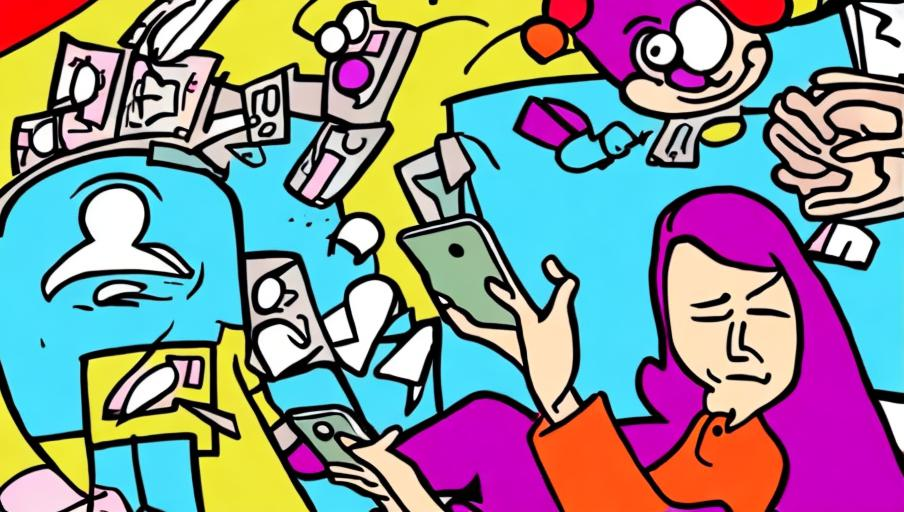ADHD and The Scrolling of Doom!

Doomscrolling is a relatively new term used to describe the compulsive and excessive consumption of negative news on social media or other digital platforms. This can often lead to feelings of anxiety, depression, and hopelessness, and can significantly impact mental health.
There is evidence to suggest that individuals with ADHD may be more susceptible to doomscrolling behaviours: ADHD is associated with difficulties in regulating attention, emotion, and behaviour, which can lead to impulsive and hyperfocused actions. This can make it challenging for individuals with ADHD to control their social media use, leading to excessive scrolling and consumption of negative news.
One of the key challenges facing us with ADHD is the constant stimulation and distractions that come with social media use. Social media platforms are designed to be highly engaging and interactive, which can make it challenging for us to regulate their attention and avoid distractions. This can lead to hyperfocus on negative news, making it difficult to break the cycle of doomscrolling.
Additionally, we may be more prone to experiencing negative emotions, such as anxiety and depression. This can make it more challenging to disengage from social media and avoid negative news, which may provide temporary relief from these negative emotions. This can create a vicious cycle, where doomscrolling behaviours lead to increased negative emotions, which in turn drive further doomscrolling.
Despite the challenges posed by ADHD and doomscrolling, there are several strategies that we can use to manage these behaviours. Some of these strategies include:
- Setting limits on social media use: This can include setting time limits for social media use, turning off notifications, and avoiding social media use before bedtime .
- Practising mindfulness: Mindfulness techniques, such as deep breathing and meditation, can help individuals with ADHD regulate their attention and emotions, making it easier to disengage from doomscrolling behaviours.
- Engaging in physical activity: Regular physical activity can help individuals with ADHD reduce symptoms of hyperactivity and impulsivity, making it easier to regulate attention and avoid distractions. Plus, if we're working out, we're usually not on our phones...
- Seeking professional support: Individuals with ADHD who are struggling with doomscrolling behaviours may benefit from seeking support from a mental health professional, such as a therapist or psychiatrist.
So, those of us with ADHD may be more susceptible to doomscrolling behaviours as we can't regulate attention and can be quite impulsive. However, there are several strategies that we can use to manage these behaviours, including setting limits on social media use, practising mindfulness, engaging in physical activity, and seeking professional support. By implementing these strategies, we can reduce the negative impact of doomscrolling on our mental health and wellbeing.
References
Additude Mag
